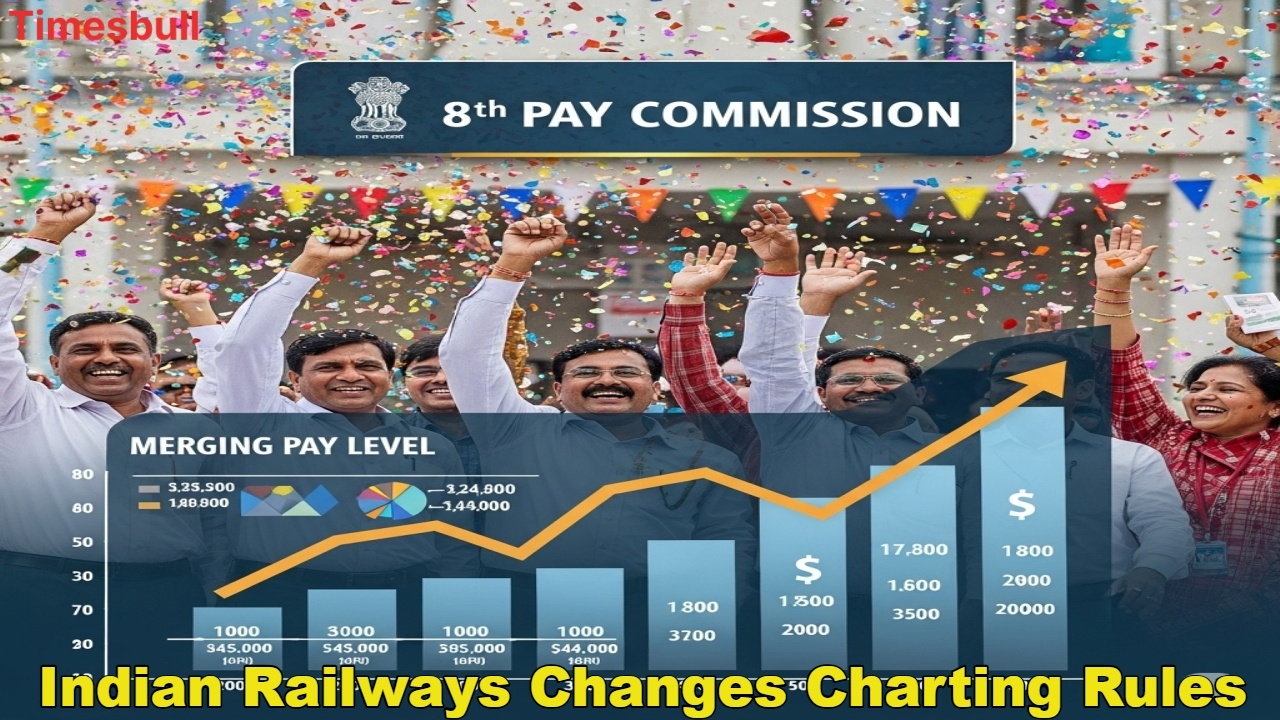
Revolutionary Pay Structure Overhaul Sparks Debate Among Central Government Employees
The 8th Pay Commission’s upcoming recommendations have shifted focus from mere salary hikes to a transformative proposal that could redefine career progression for millions of central government employees. Analysts suggest the government is considering a bold initiative to merge the existing six-tier pay structure into just three levels, which could deliver massive one-time salary increments. This structural change aims to address long-standing issues of slow career advancement and stagnant wage growth for lower and middle-level staff. While the exact implementation timeline remains unclear, the potential impact on over 50 lakh employees and 65 lakh pensioners is significant. The proposal’s emphasis on accelerating promotions and improving purchasing power has sparked widespread discussion about its implications for bureaucratic efficiency and employee morale.
Understanding the Pay Level Merger Mechanism
The core of this reform lies in the proposed consolidation of pay scales, which would eliminate the current six-tier system and replace it with three broader categories. For instance, merging Level-1 and Level-2 would establish a new ‘Level-A’ with a starting salary equal to or higher than the previous Level-2. This would immediately boost the basic pay of employees currently earning ₹18,000 to at least ₹19,900. Similar adjustments would apply to other levels, with employees at Level-3 gaining access to Level-4 salaries and Level-5 staff benefiting from Level-6 pay scales. This structural overhaul promises to create a more equitable compensation framework while streamlining career progression pathways for thousands of employees.
Transformative Impacts on Employee Benefits and Career Trajectories
The merger’s most direct benefit is the potential for substantial salary jumps. By eliminating intermediate pay levels, the reform would enable employees to skip multiple tiers in their career progression, significantly reducing the time required for promotions. For example, an employee at Level-5 (₹29,200) could immediately access Level-6 benefits, increasing their basic salary to ₹35,400. This structural change would not only enhance purchasing power but also create a more dynamic work environment. The reform’s emphasis on reducing pay anomalies and creating a rational compensation structure is expected to address longstanding grievances among lower and middle-level staff, fostering greater job satisfaction and motivation.
Who Will Benefit Most From the Structural Overhaul
Analysts predict that employees currently in Level-1, Level-3, and Level-5 will experience the most significant benefits. These groups would gain immediate access to higher salary brackets, with Level-1 staff potentially seeing their basic pay jump from ₹18,000 to ₹19,900 or more. The reform’s focus on accelerating career advancement would particularly benefit those stuck in slow promotion cycles, enabling them to assume greater responsibilities more quickly. While the exact implementation details remain under review, the proposal’s potential to create a more efficient and equitable pay structure has generated considerable optimism among labor unions and employee advocacy groups.
Government’s Strategic Considerations for Implementation
The proposed merger represents a strategic shift in how the government approaches employee compensation. By simplifying the pay structure, the reforms aim to enhance administrative efficiency while improving employee satisfaction. However, the government will need to carefully evaluate the financial implications of such a sweeping change, particularly given the potential for significant budgetary impacts. The 8th Pay Commission’s recommendations, expected to take effect from January 1, 2026, will require thorough analysis to balance the benefits of accelerated promotions with the need for fiscal responsibility. As discussions continue, the ultimate success of this reform will depend on its ability to deliver tangible improvements in both employee welfare and organizational efficiency.



